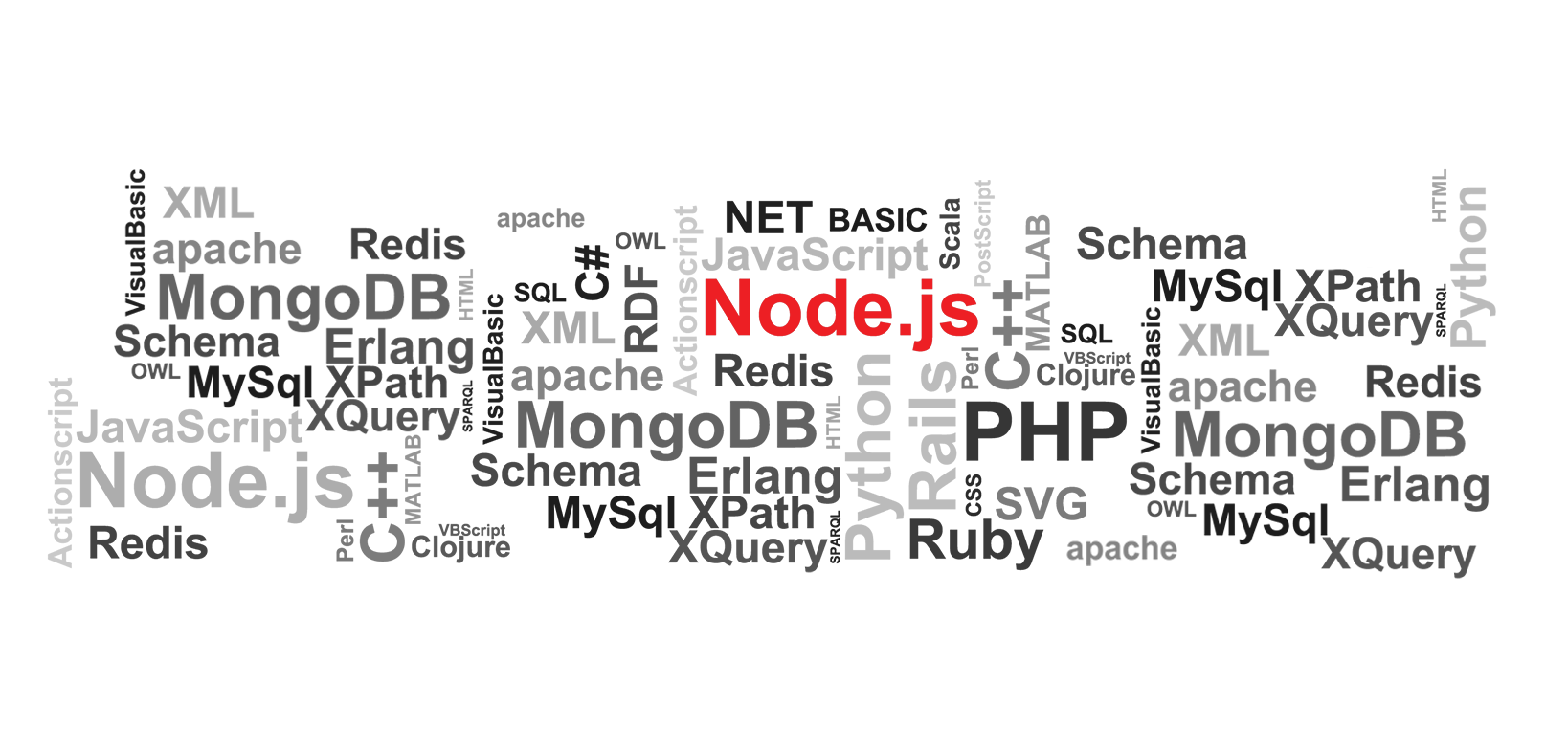In 2016, 61 per cent of mobility decision-makers at enterprises expect to roll out new mobile-based products and services and 62 per cent will increase their budgets to pay for more apps.
According to the research, which polled 200 IT decision makers from private sector firms with at least 2,500 employees across the US and Western Europe, 71% of respondents are primarily using Java while 56% use .NET. In two years, this will fall to 15% and 19% respectively. 85% of respondents argue open source software is important to their app development strategy, while mobile backend as a service (MBaaS) is used by almost one third (31%) of those polled, and is expected to grow to 36% in two years’ time. The key theme from the research was that, as organisations mature, mobile will be a key element of it. More than one in three (35%) of those polled argued mobile apps change the way they do business by reinventing business processes, while 37% argue mobile apps are used primarily to automate existing processes.
Node.js is growing quickly with almost unprecedented adoption. In the past five years, more than 190,000 Node.js modules (and other JavaScript libraries) have been added by developers. This outnumbers the entire Perl CPAN repository contributed over the past 20 years, and surpasses Java Maven Central, despite Node.js having a smaller developer base. The key part of the flexible, lightweight workflow of Node.js is that it enables each app to include a set of dependencies in its own dependency tree. Thus, each application can have its dependencies bundled individually for that application, avoiding potential dependency conflicts with other applications. Groupon, PayPal, Netflix and Walmart were among the first companies to embrace Node.js. These companies deployed Node.js into production, breaking traditional monolithic applications into microservices, enabling them to innovate quickly to solve specific business requirements.
The success of this approach has seen more and more enterprises adopting lightweight scripting languages that enable apps to be continuously delivered in response to changing business conditions.


